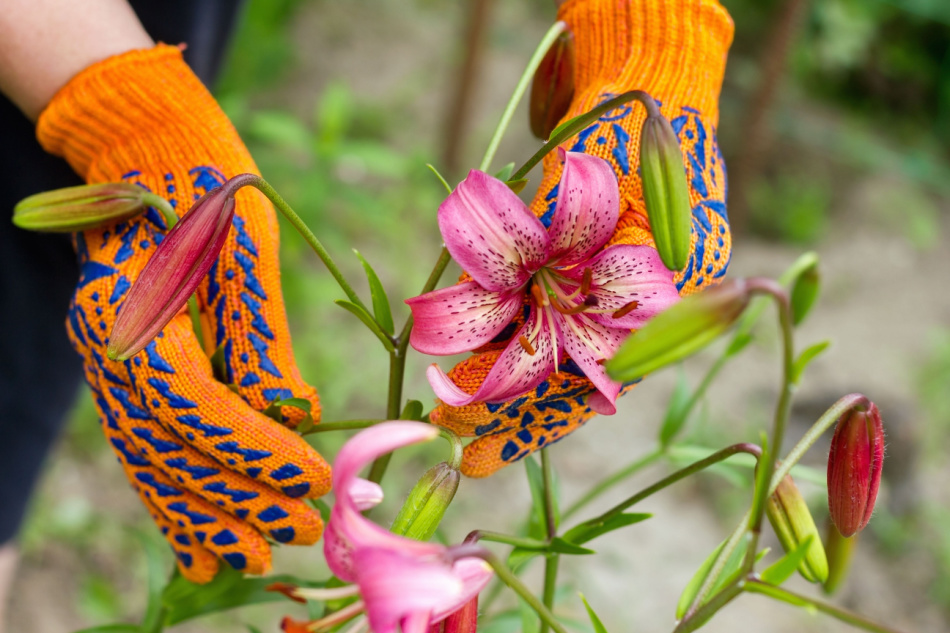The season of giving and receiving gifts is just around the corner. Although giving loved ones presents has a great impact on your (and their) mental health, it is also of utmost importance to be mindful of the impact gift exchanges have on the environment.
Stanford University estimates that the average US household generates 25 percent more waste during the holiday season than at any other time of the year, and according to Zero Waste Canada, Canadians throw out 545,000 tons of wrapping paper and shopping bags by the end of the holidays.
Policy coordinator with Metro Vancouver and the leader behind the Create Memories Not Garbage campaign Shellee Ritzman says that “the idea of buying single-use wrap just to have it ripped and thrown in the garbage on Christmas day is really sad,” especially because not all wrapping paper can be recycled, like the shiny slippery options that are made with plastic.
“Even wrapping paper that you think would be safe for your curbside recycling might not be,” she adds, “because anything that has glitter, texture, or shine can’t go in your recycling. That’s garbage.”
On top of the issue of recycling, the creation of wrapping paper requires a lot of resources. “The trees that were cut down and the energy used to process that into paper and to transport it to your house has a much bigger environmental impact than whether you recycle it or not,” explains Emily Alfred, waste campaigner for the Toronto Environmental Alliance.
To make this year’s holiday season more eco-friendly, consider trading in traditional wrapping paper for some creative and affordable alternatives.
Furoshiki
Furoshiki is the art of Japanese fabric wrapping, and also refers to the squares of fabric used, which are usually between 50 to 70 cm in size. Furoshiki has been practiced in Japan for centuries as a method of carrying and protecting goods and has the added benefit of being reusable, either by you or by the recipient. Plus, there’s no need to struggle with wrapping paper and tape; Furoshiki is much easier to maneuver. All you have to do is place the gift you’d like to wrap in the center of the fabric, fold it around the object, and tie it in a knot. For extra guidance, check out this tutorial.
Make this method even more sustainable by creating furoshiki out of fabric that you already have in the house such as pillowcases, blankets, or towels. If you don’t have any to spare, then hit up your local thrift shop and look for nicely printed scarves or handkerchiefs.
Fabric gift bags
Likely the easiest method of gift wrapping, fabric gift bags are hassle-free and come in a wide range of sizes, colors, patterns, and textures. With easy cinch or tie tops, these are also the fastest way to get gifts wrapped. You can even sew some of your own to make good use of any leftover fabric you may have lying around the house.
Baskets
A basket isn’t just a beautiful alternative to wrapping paper, but it actually becomes a part of the present. Choose a basket made of natural materials such as bamboo, rattan, and seagrass. If you’d like to cover more of the present inside, then hide it with some cloth or tissue paper that you’ve saved from other gifts.
Tins
Tins, although associated with baked goods, can be used to wrap any number of small items. If you don’t have any hidden in a cupboard somewhere, then they are generally quite inexpensive to purchase, especially at a used home goods store.
Glass jars
Repurpose empty glass jars by washing them out and using them as vessels for cute holiday treats and trinkets. For an extra festive feel, stick a bow on it!
Reuse items you have around the house
If you are set on wrapping gifts on paper, then use your home as a resource and check out what you have lying around. You can use a range of items such as newspaper, magazine pages, old maps, brown paper takeout bags, and mesh wrappers that you get with your fruits and veggies.
Also, consider switching out the plastic tape for washi tape, a biodegradable alternative that comes in a variety of colors and patterns. Go even further by ditching plastic ribbons and going for natural materials like pinecones or evergreen sprigs to decorate your gift.











